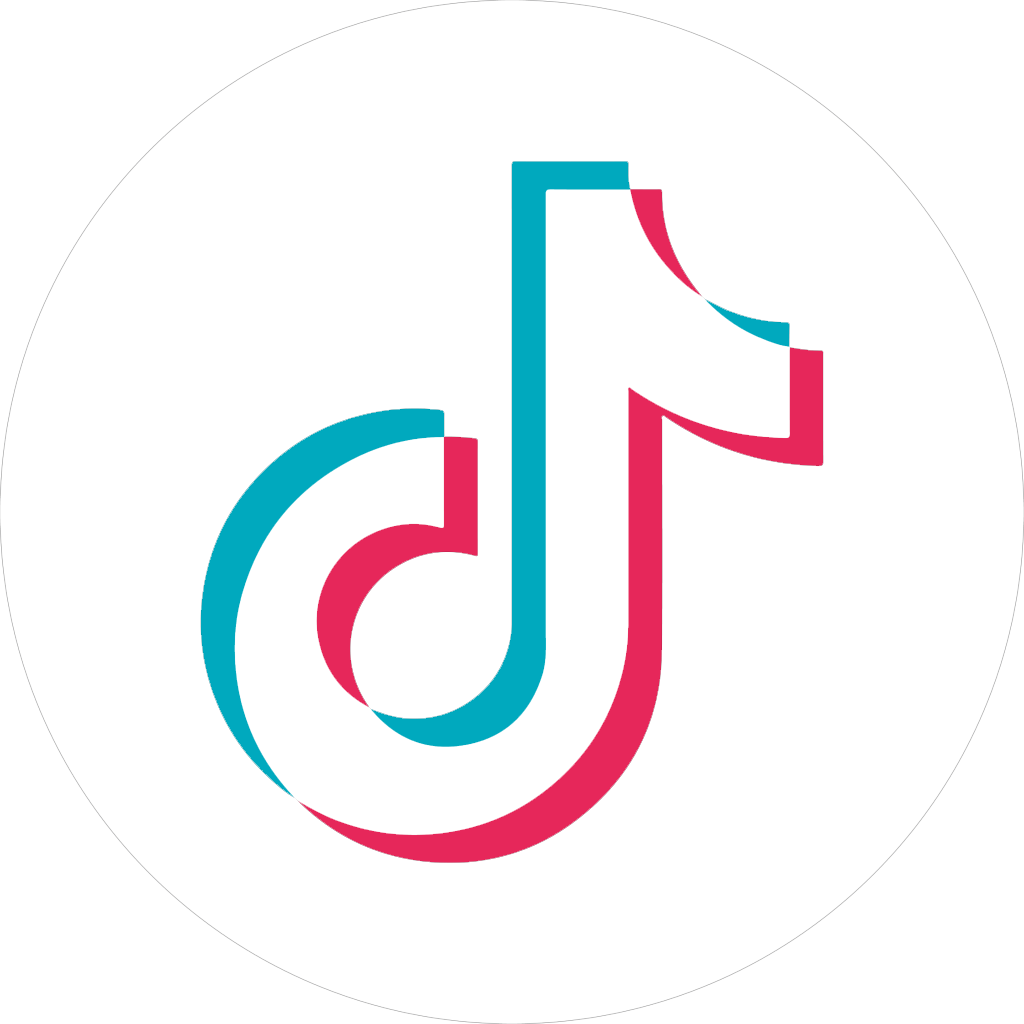TL;DR: Amazon allows customers to return e-books within seven days of purchase, even if they’ve read the whole thing. When it happens, authors—not the international retailer—take the hit. I respectfully request that readers kindly knock it the hell off.
Today, I’m going to get serious with you. Not like “watch out for serial killers” serious. Like, real-life serious.
You may have heard that Amazon has come under fire recently for its extremely lenient e-book return policy and how it’s impacting authors. In case you haven’t heard yet, here are the highlights:
- You can cancel (i.e., return) an “accidental book order” within seven days of purchase.
- You don’t even need to contact Amazon support. It’s entirely self serve, and they don’t check to see if you’ve read the book.
Here’s the problem, people:
What the above policy doesn’t tell customers is that authors are being penalized, monetarily and through no fault of their own, for customers who return their books.
How?
If a customer returns a book after Amazon has already paid the author the royalty for said book (and we’ll get into royalties later), that means the author has to pay them back.
Yes, pay back Amazon. AMAZON, the multi-kazillion-dollar international retailer.
If a whole bunch of books are returned, that could cut deeply into an author’s royalties.
OMG, people suck. I had no idea you could return an ebook, never crossed my mind. Amazon needs to do better. 7 days to return ebooks? I’m on my 3rd book this week. It’s not a hack, it’s stealing. Get a library card you cheap fucks. #Ugh #WTF #DoBetter https://t.co/n3VKy810Fr
— Melissa Herrera (@Melbo0221) June 29, 2022
I have seen posters bragging that they ‘never pay for a book’ because they return ebooks after reading. This is theft, plain and simple. The return policy MUST be amended! Authors are protesting Amazon’s e-book policy that allows users to read and return https://t.co/Hot0Qavonj
— Gina Panettieri (@ginapanettieri) June 27, 2022
Traditional vs. self-publishing
News flash: It’s extremely hard to get a traditional publishing contract. In fact, as few as 1 percent of submitted manuscripts are actually published by a “real” publisher. ONE. PERCENT.
In other words, self-publishing is the way to go. And Amazon is amazing in that it allows authors who can’t get a traditional publishing deal (ie, most of humanity) to achieve their dream of becoming a published freaking author. Not everyone should be, but that’s a conversation for another day.
The truth about royalties
Let’s talk about how much money novelists actually make. I’m not talking about Stephen King, Janet Evanovich, and James Patterson. They can obviously afford when a few people return their e-books. In fact, they probably don’t even know when it happens.
And I’m not talking about “average” trad pub authors either. For those lottery winners, the publisher will take well over 50 percent of the profits to pay for marketing, design, printing, and so on. Still not the cash cow many people think it is, but at least there is usually a guaranteed profit through an advance.
No, I’m talking indie authors who have a full-time “day job” so they can afford to pay for things like their mortgage and a steady supply of wine. 🙋♀️
The ones who write in the evenings and on the weekends, in between cleaning the house, doing laundry, walking the dog, taking care of the kids, and all the other day-to-day responsibilities normal people have. Oh, and sleeping, if they’re lucky. 🙋♀️
The ones who take years to write a book simply because they don’t have a dedicated eight hours a day, five days a week, in which they can write. 🙋♀️
Arguably, self-publishing comes with a MUCH higher royalty rate: Without getting into the weeds, it’s generally around 70% for e-books, at least on Amazon’s Kindle Direct Publishing (KDP) platform.
Obviously we’re talking about e-books here, but since we’re on the topic, I want to touch on print books as well. The amount you earn from physical books is considerably less: Yes, you still get a 60% royalty, but then Amazon deducts the printing cost from your royalty. Not from the list price. They take their cut from the list price, though, and leave you your 60% to, first, pay for the printing and then pay yourself.
So let’s do a little bit of math. I know, I know, it’s not my favorite either, but you need to see the numbers to really understand. Let’s take my book as an example:
Kindle book price: $3.99
- Amazon’s cut: $1.20
- My 70% royalty: $2.79
Print Book Price: $11.99
- Amazon’s cut: $4.79
- My 60% royalty: $7.19
- Printing costs: $4.92
- Net profit: $2.28
You are reading that correctly. I make less than three bucks per book I sell—before taxes. Let me repeat that.
LESS. THAN. THREE. DOLLARS.
You gotta spend money to make money, right? Not always…
Okay, so we’re making some money—albeit not much. But we’re still not profiting yet. Hell, we’re not even breaking even. Why?
Because indie authors not only have to write the damn book, they also have to:
- market it
- find readers
- get the manuscript proofed and edited
- revise, revise, and revise it again
- design a cover and interior layout (twice, if they’re also creating a print version!)
- determine how much to charge without basically giving it away (because we’ve probably already given away dozens of copies to our ARC teams)
- upload it to Amazon and all the other places, after doing hours of market research to find out what keywords are trending, what categories fit best, etc.
- promote the hell out of it
- figure out how to do all the above without going insane (hint: there’s a lot of trial and error)
And unless you’re a glutton for punishment or just plain cocky (like me, though I won’t tell you which I am!), you’re going to have to pay someone to help you with this. Because let’s face it: That’s like five full-time jobs right there. Even if you are a hard-core DIY’er, you have to spend money up front on things like stock photos and book delivery services (so you can give away free copies!), before you ever sell a single book.
Which means, once you publish, you have to sell a shit-ton of books just to break even. In other words, NOT lose money. Most authors don’t actually make money until they’ve published several books. Or, alternatively, sell eleventy billion copies of their first book, which is probably impossible since that’s not even a number (yet).
To sum up: Both readers and Amazon need to stop. that. shit.
To put it bluntly, the vast majority of novelists aren’t swimming in pools of Benjamins, Scrooge McDuck-style. If we depended on royalties to pay the bills, we would be living in a cardboard box down by the river. And that’s when we’re actually selling some books.
But when readers game the system, we’re basically screwed.
Long story short, people need to realize that this is our livelihood. There’s a reason why Amazon and most sellers allow you to read the first 10-ish percent of the book: So you can determine if it’s worth purchasing. If after that, you still purchase it, willingly and voluntarily, it is yours to keep. Forever and ever. End of story.
Hey @amazon @AmazonKDP you need to update your ebook returns policy to match your prime video returns policy. Why can people return ebooks (at cost to the author) after they’ve been read, when they can’t return films that have been watched?
— Jennifer Knightley 📚💙✨ (@JennyKnightley) June 20, 2022
It’s one thing if you truly did hit “Buy Now” by accident. But Amazon is not a library (unless you’re in Kindle Unlimited, in which authors get paid for page reads—pennies, but it’s better than nothing). You cannot read a book and then return it because you are too cheap to pay a few bucks for years of someone’s hard work. That’s called stealing. If you legitimately cannot afford e-books, there are slews of free books out there and plenty of actual libraries to hit up.
Everyone deserves to be paid a reasonable wage for the work they do, right? Author royalties aren’t anywhere near reasonable for the amount of work we do, and when customers read e-books and then demand their money back, they’re basically turning authors into low-paid, under-appreciated fiction-writing servants.
Maybe you and I regular Joes and Janes don’t have the power to change Amazon’s policies. But we do have the power to change ourselves.
Thus I conclude my soapbox speech.










